Antimatter sounds like science fiction: a material that looks like ordinary matter, but would unleash as much energy as an atomic bomb if even a speck of it came into contact with anything around us.
Small wonder that the scientist who first predicted the existence of antimatter felt uneasy about what he had found.
Nowadays, physicists are using gigantic particle detectors to probe subtle effects that they hope will explain the central mystery of antimatter: where has it all gone?
More cosmology:
Where is all the antimatter?
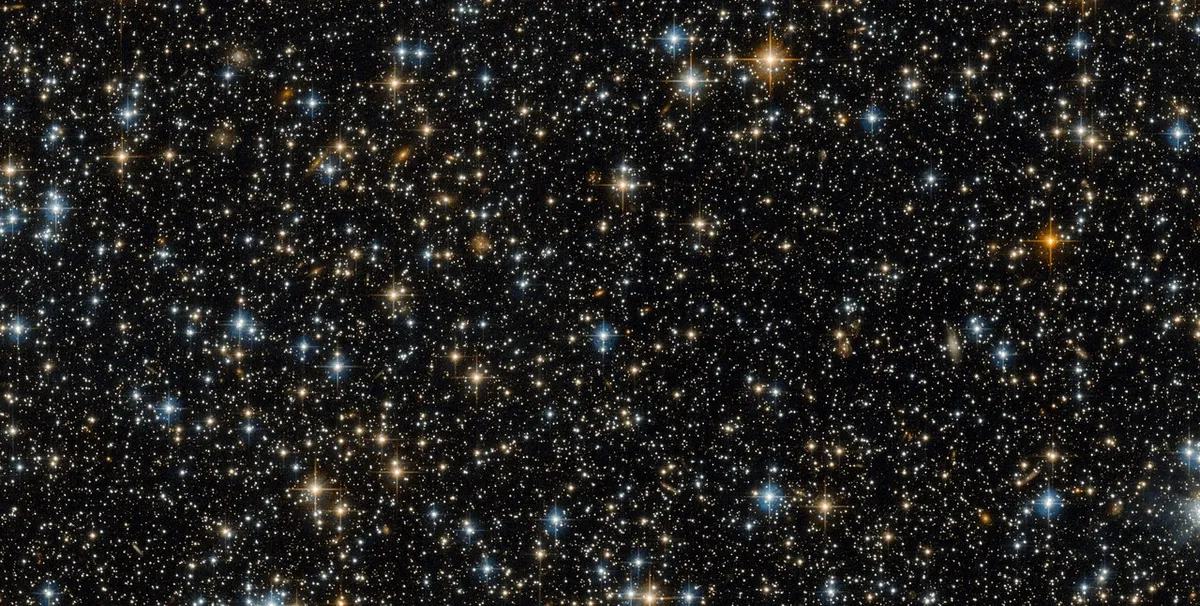
It is a question whose solution lies in the very first moments of the Big Bang almost 14 billion years ago.
Something happened back then to turn a Universe born with as much antimatter as ordinary matter into one strangely devoid of the stuff.
Did the antimatter vanish as the result of some strange quirk in the laws of nature, or is it still out there somewhere, making up anti-planets in orbit around anti-stars?
One thing is certain: despite its weirdness and rarity, antimatter is for real.
The first hints of antimatter's existence emerged in 1928, when 26-year-old British physicist Paul Dirac announced his discovery of a single equation unifying no fewer than three of the key theories of physics: quantum theory, electromagnetism and Einstein’s special theory of relativity.
Paul Dirac's antimatter equation
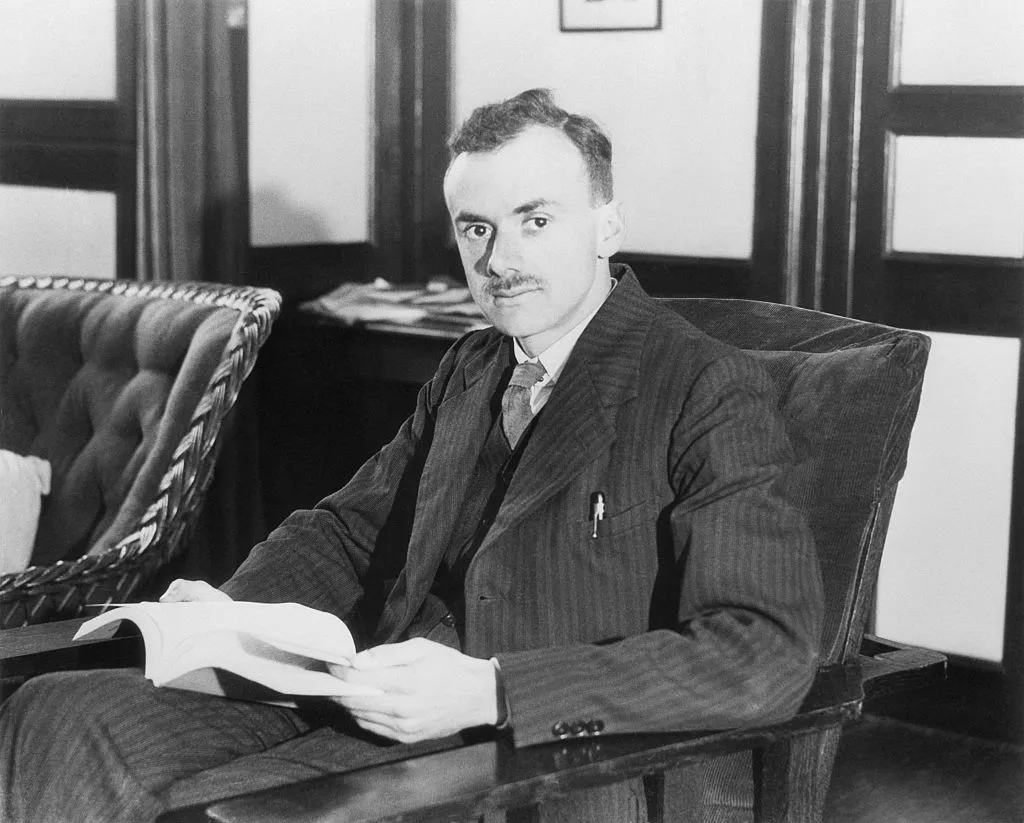
In 1928 Paul Dirac made his astounding claim, making antimatter the focus of unprecedented attention.
It was a spectacular achievement and one that won Dirac a Nobel Prize, but its implications were perplexing.
Like quadratic equations familiar from school maths, Dirac’s equation had not one but two solutions.
One of them made perfect sense and described the properties of that most familiar of particles, the electron.
But the other solution seemed to describe another sub-atomic particle, whose properties were the exact mirror-image of the electron, with the same mass but opposite electrical charge – an anti-electron.
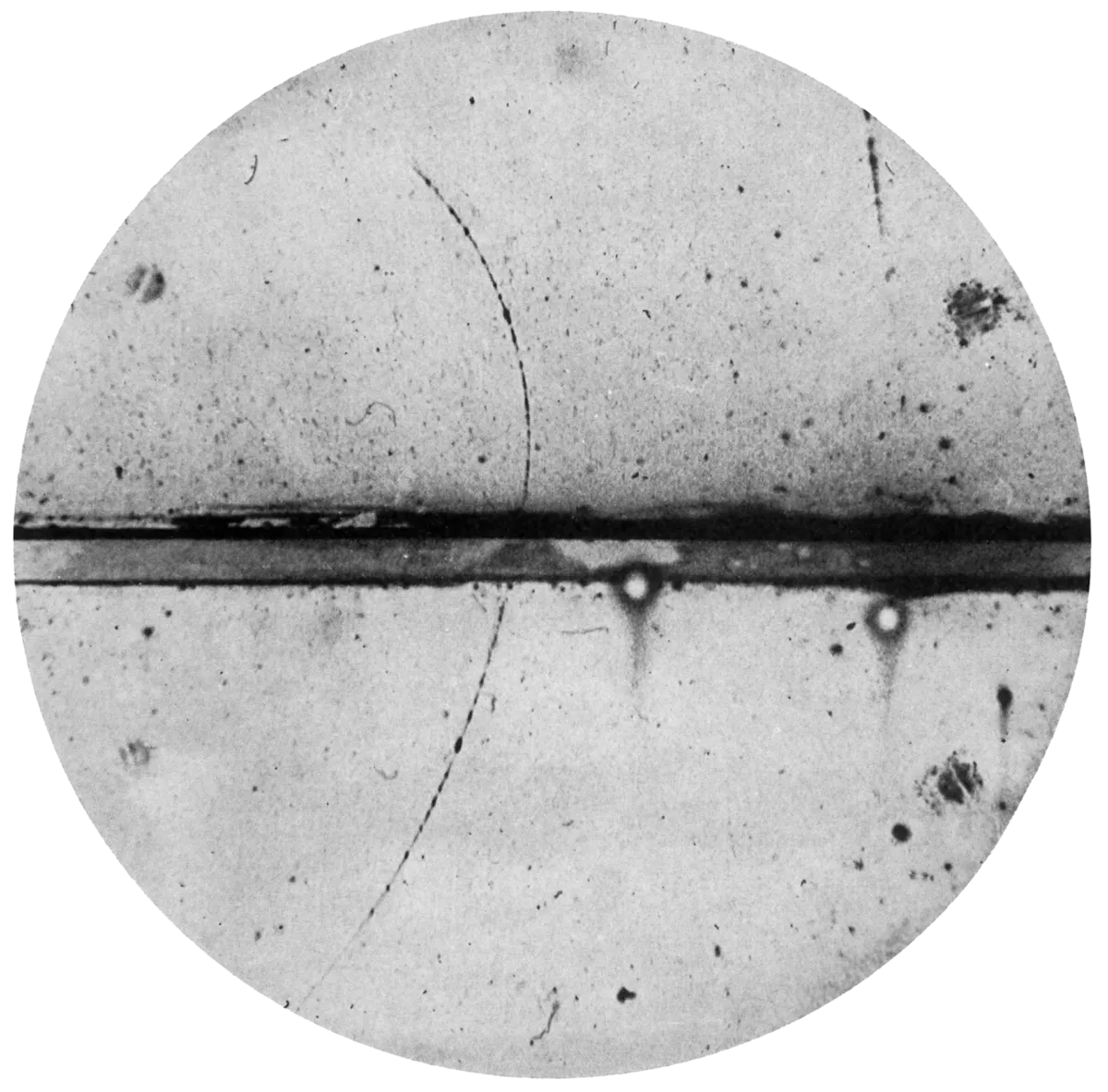
What worried Dirac was that no-one had ever seen such a particle, or anything like it.
Even so, he decided to put his trust in his equation, and regard the new particle as a prediction.
Dirac’s faith was quickly rewarded. In 1932, physicist Carl Anderson at the California Institute of Technology had developed a new type of particle detector to study cosmic rays, incredibly fast particles hurtling through the atmosphere from deep space.
A photograph taken with the detector revealed something utterly bizarre: the trace of a particle behaving as if it were the exact mirror-image of an electron.
It was the first sighting of the particle predicted by Dirac’s equation four years earlier: identical in mass to the electron, but with a positive charge. It was duly dubbed the positron.
Yet the discovery only served to highlight the mystery of antimatter.
While electrons are ubiquitous, it took a state-of-the-art particle detector to find even a single positron.
The search for antimatter
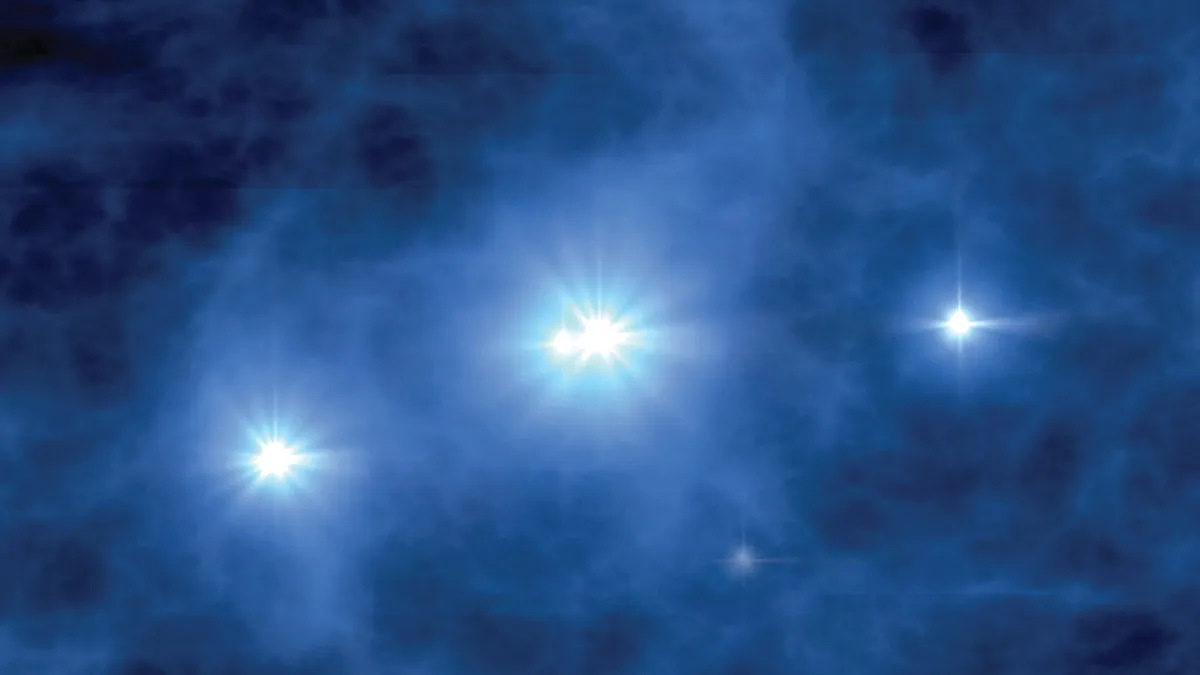
There was nothing in Dirac’s equation or in the known laws of physics to explain why the Universe should prefer matter to antimatter – so where was it all?
One suggestion was that the Earth just happened to lie in a relatively antimatter-free region of the Universe.
Perhaps there were whole stars made out of the stuff lurking out there.
If so, it would be easy enough to tell, for as soon as antimatter comes into contact with ordinary matter, it is totally destroyed in a huge burst of radiation.
Einstein’s famous equation E = mc² shows that if just a single gram of antimatter comes into contact with ordinary matter, the energy released is equivalent to the detonation of an atomic bomb.
In fact, matter-antimatter annihilation is the most potent source of energy in the Universe, and its effects are hard to miss.
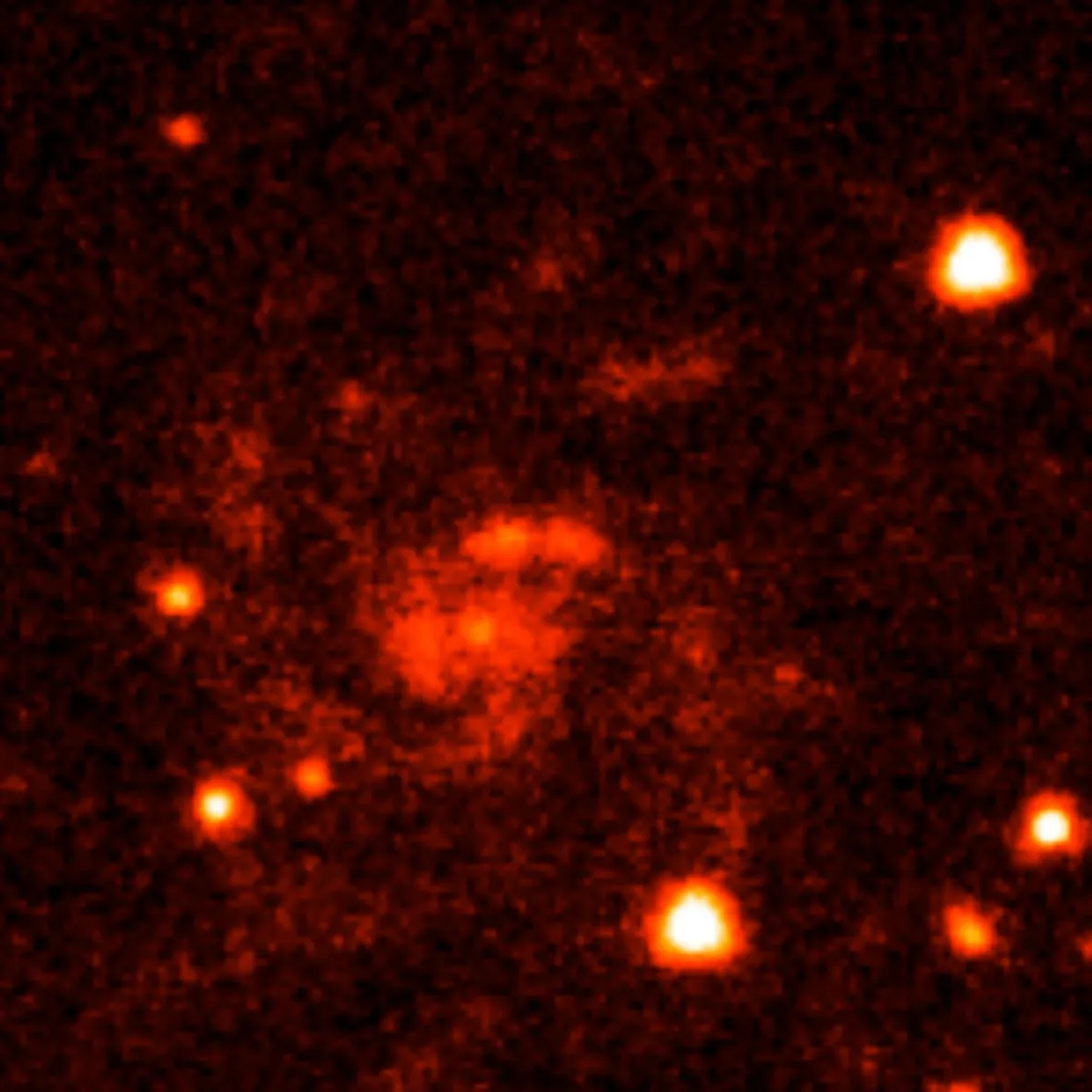
So if there really are anti-stars or even whole anti-galaxies beyond our own, the Earth should be bathed in a constant glow of gamma radiation – the tell-tale sign of matter-antimatter annihilation.
The reality could hardly be more different. Since the early 1960s, astrophysicists have sent ever more sophisticated gamma-ray detectors above the protective blanket of the atmosphere to see what is out there.
And the message has been consistent: there are no signs of antimatter objects anywhere in the Universe.
The lack of gamma-rays from our own Galaxy suggests that the nearest anti-star must be at least 10 lightyears away, with no more than one star in 10,000 being made from antimatter.
On a larger scale, the absence of antimatter is even more striking: the level of gamma-rays coming from distant galaxies suggests that no more than one part in 100,000 of extragalactic matter can be in the form of antimatter.
Why is there more matter than antimatter?

Did something happen during the Big Bang to get rid of antimatter, while leaving enough ordinary matter behind to create the galaxies, stars and us?
The first hints of what that something might be emerged in 1964, when American physicists studying so-called K meson particles discovered a bizarre effect called charge-parity (CP) violation.
This meant that antimatter does not always perfectly mirror the properties of ordinary matter.
The level of CP violation detected was very small, but in 1967 the brilliant Soviet physicist and dissident Andrei Sakharov showed that it might just explain why matter created in the Big Bang did not pair off exactly with all the antimatter.
But two big question-marks hung over Sakharov’s suggestion. Firstly, to stand any chance of explaining the mystery of antimatter, CP violation had to apply to more than just K mesons.
And second, even if it applied to all particles, the effect had to be strong enough to explain the huge preponderance of matter over antimatter that we see today.

Physicists are now probing both these questions in gigantic machines that attempt to recreate conditions in the early Universe.
At Stanford University, California, the 1,200-tonne BaBar particle detector is being used to study the effects of smashing together electrons and positrons with a violence not seen since moments after the Big Bang.
The collisions produce unstable particles called B-mesons and their antimatter counterparts, whose decay can be studied for signs of CP violation.
And in 2001, scientists working at BaBar – and also at Belle, a similar experiment based in Japan – announced that they had succeeded in detecting CP violation among B-mesons and their anti-particles, thus showing that the effect is not confined to one type of particle.
Following the Standard Model
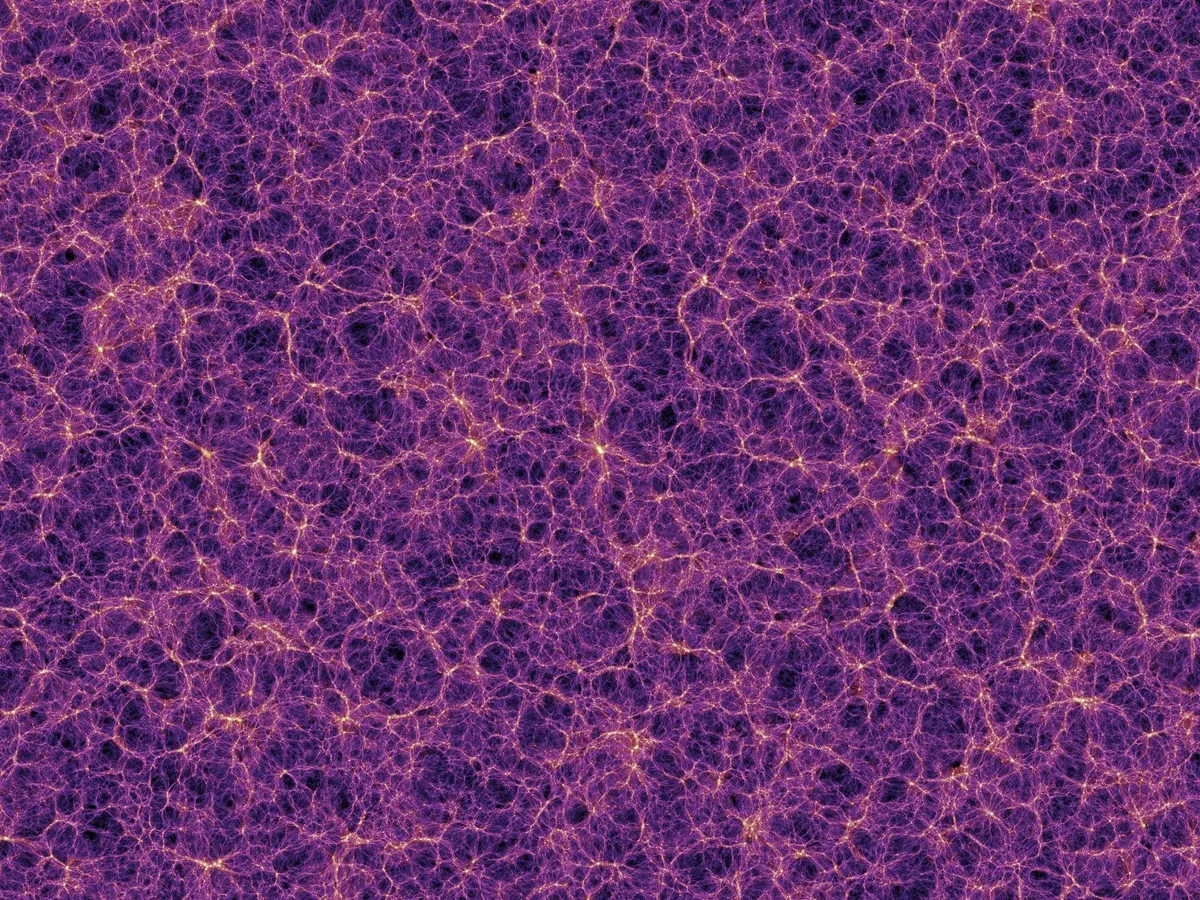
Better still, the level of CP violation was right in line with theoretical calculations based on the so-called Standard Model, the best theory currently available for understanding sub-atomic particles.
The bad news was that the measured level was far below that needed to explain the observed preponderance of matter over antimatter in our Universe.
Physicists are taking this as a sign that the Standard Model is lacking something crucial.
Precisely what it might be remains unclear, but experiments are already being planned to find out.
Astrophysics and particle physics are often dismissed as being utterly irrelevant to everyday life.
But by attempting to explain how antimatter lost out to ordinary matter in the birth of the cosmos, they hold the key to understanding our very existence.
Read our interview with theoretical physicist John Ellis
How the Universe may have lost its antimatter
Step 1
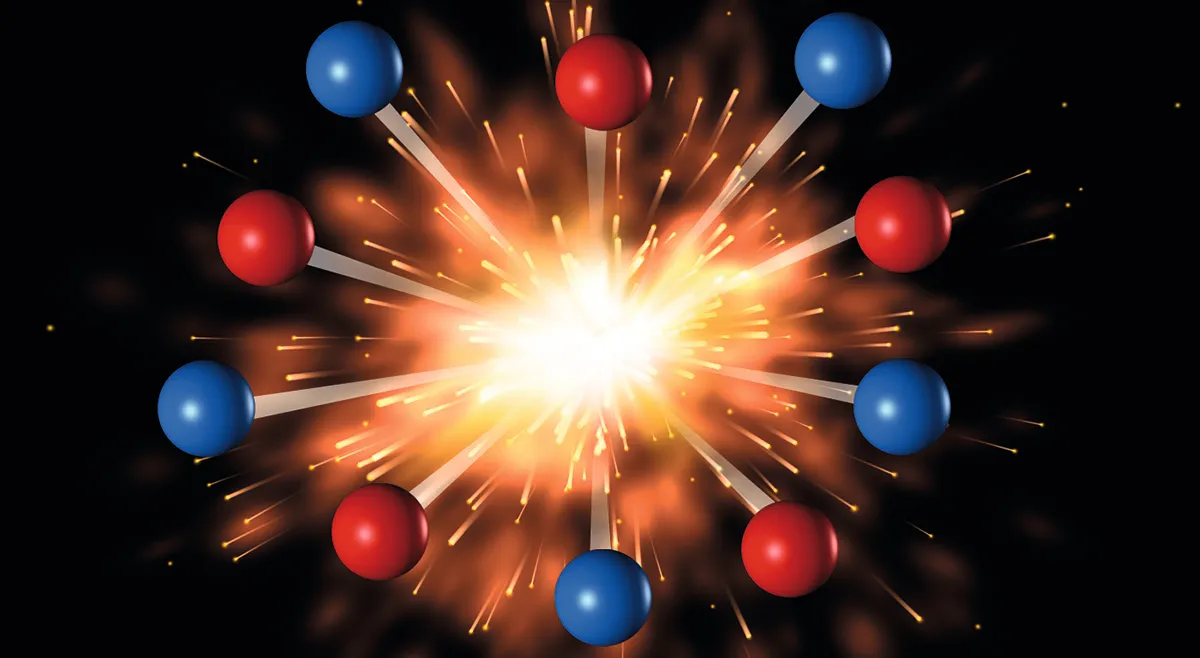
Birth of the Universe in the Big Bang 13.8 billion years ago, marked by a period of extremely rapid expansion (inflation), and creation of both matter and anti- matter particles in equal amounts.
Step 2
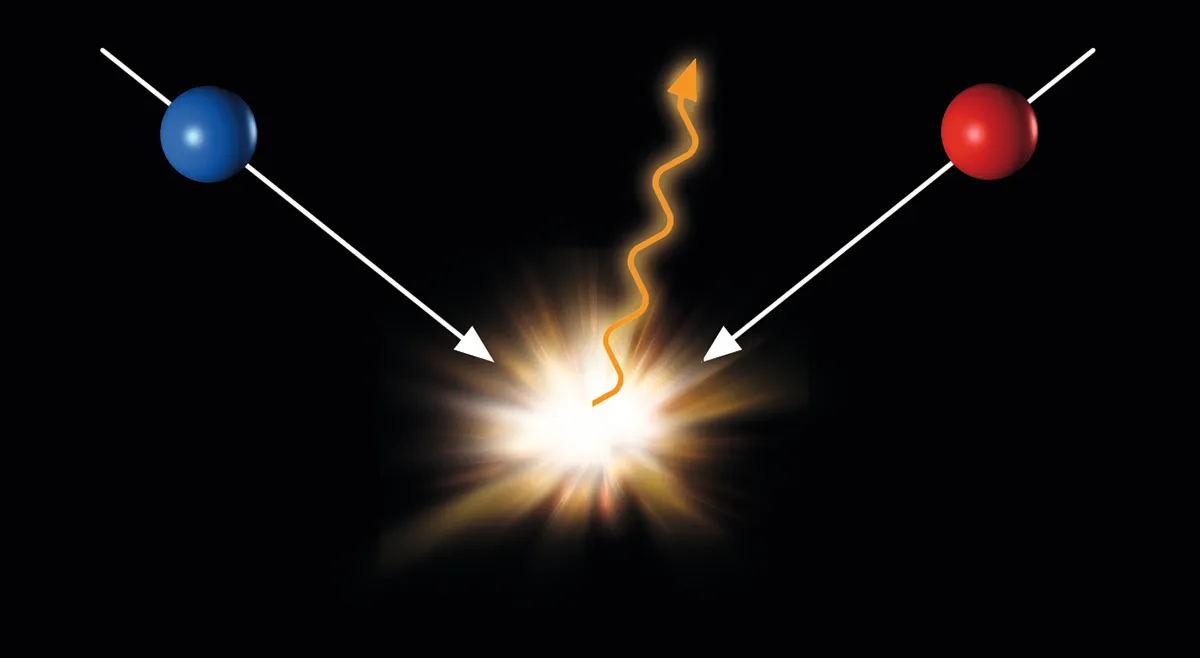
Matter and anti-matter particles undergo mutual annihilation, releasing vast amounts of gamma radiation.
Step 3
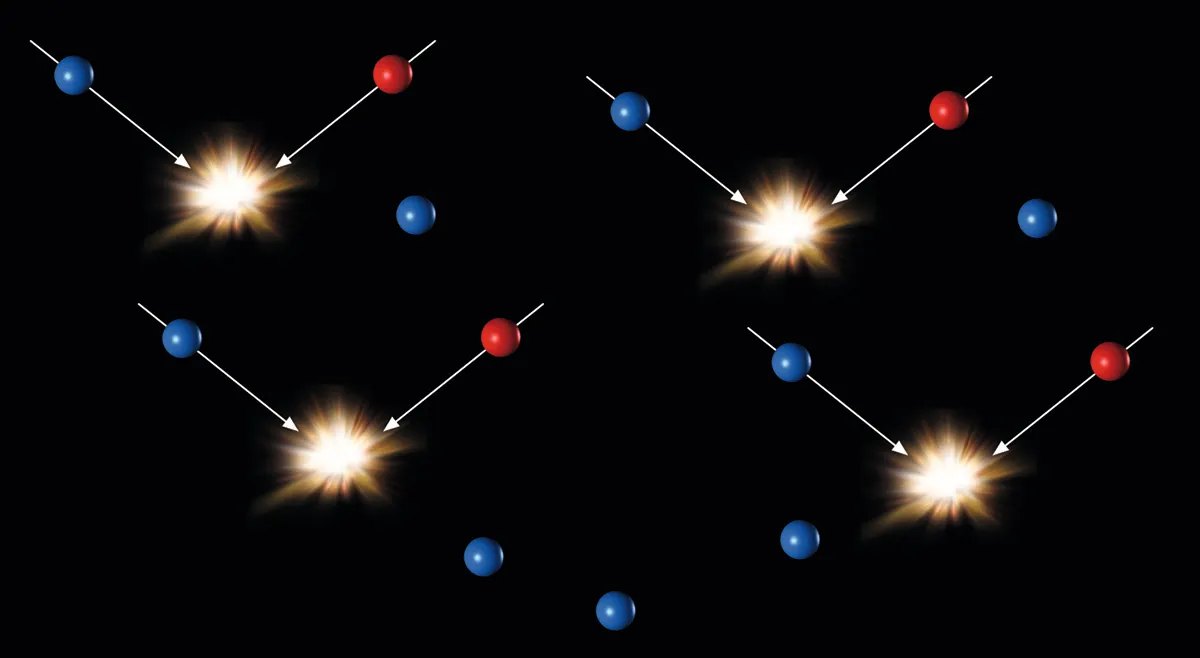
Absolutely perfect annihilation is blocked by a combination of the expansion of the Universe and the effect of CP violation, ensuring more matter survives than antimatter.
Step 4
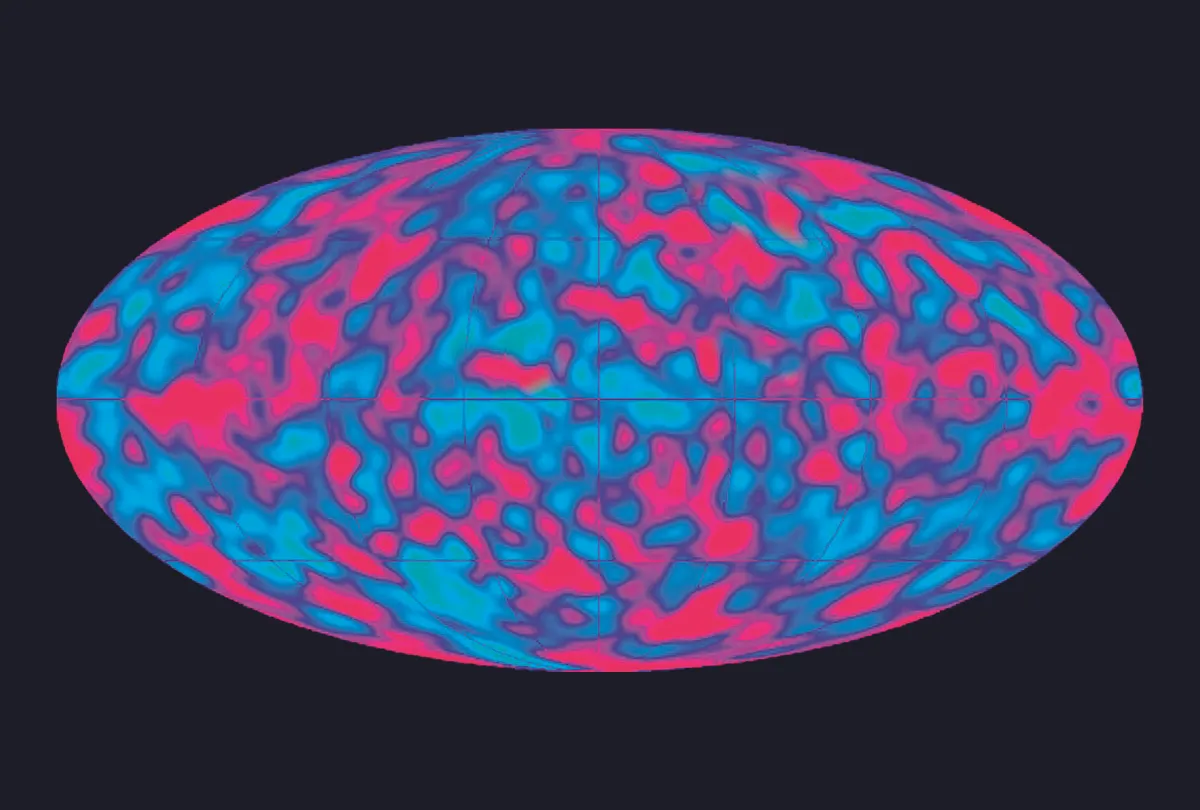
Radiation leaves a fingerprint in the number of photons to particles in the cosmos, as seen in this cosmic microwave background, suggesting matter and antimatter annihilated each other to within one part per billion.
Step 5
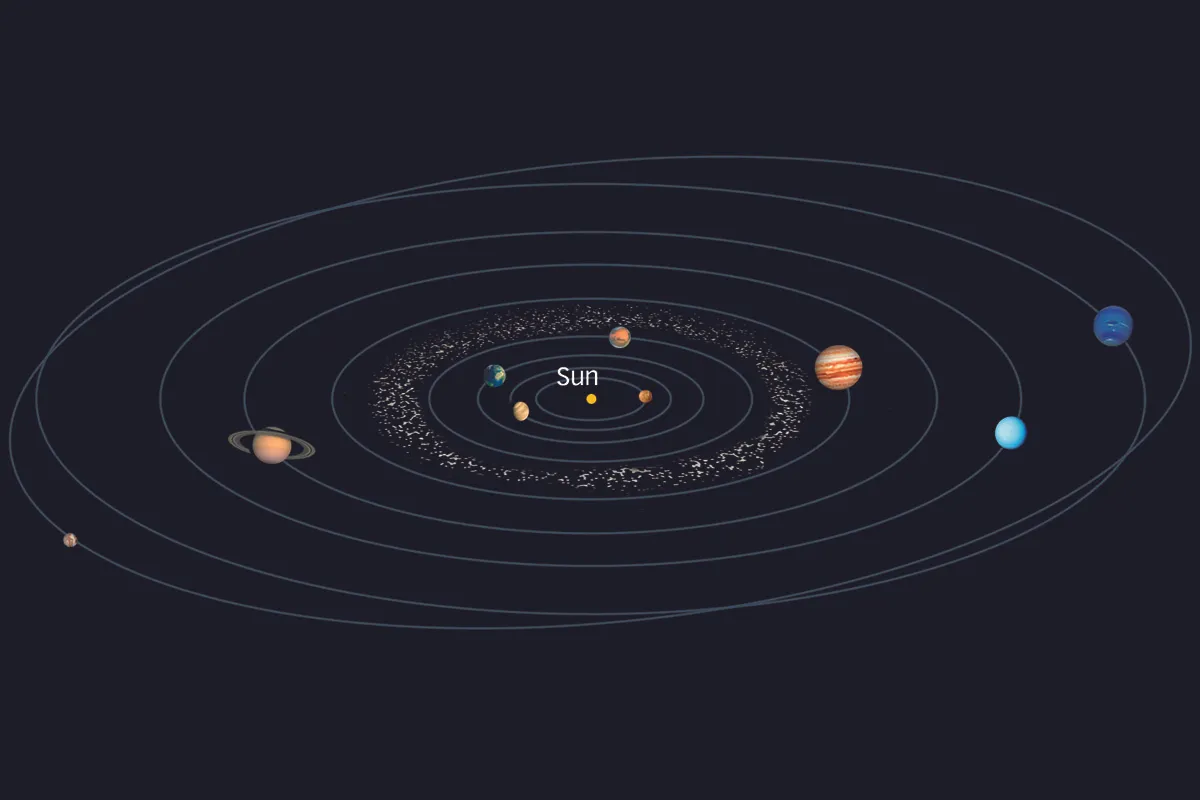
Around nine billion years after the annihilation process ends, around 1057 particles of matter come together under gravity to form the Solar System.
What would an antimatter Universe be like?
Words: Marcus Chown
What if the Universe were made up entirely of antimatter? To answer this, we must first recognise that every subatomic particle has an antiparticle with opposite properties.
The antiparticle of the negatively charged electron, for example, is the positively charged positron.
Antiparticles can combine to make anti-atoms and, ultimately, antimatter.
Crucially though, the photon – the particle of light – is its own antiparticle. Consequently, if the Universe were made of antimatter, it would look no different!
So, how do we know the stars are not antistars and the galaxies are not antigalaxies?
Well, when particles of matter and antimatter meet they ‘annihilate’ each other: their mass-energy flashes into high-energy light, or gamma rays.
We know there are no antistars in our Galaxy or antigalaxies in the Local Group because matter mingles within these systems, yet we see no annihilation radiation.
It looks as if we live in a Universe of matter.
This is a mystery because particles and their antiparticles are always created together.
So why does the Universe not contain a 50:50 mix of matter and antimatter?
A clue comes from the fact that there are about 30 billion photons for every particle of matter.
This can be explained if, in the Big Bang, 30 billion and one particles of matter were created for every 30 billion particles of antimatter.
After annihilation, there would be no antiparticles and one particle from every 30 billion photons.
So, is there a fundamental asymmetry in the laws of physics that slightly favours the production of matter over antimatter?
Remarkably yes, and its name is ‘CP violation’.
Currently, experiments are underway to see whether the asymmetry is big enough to account for our matter-dominated universe.
